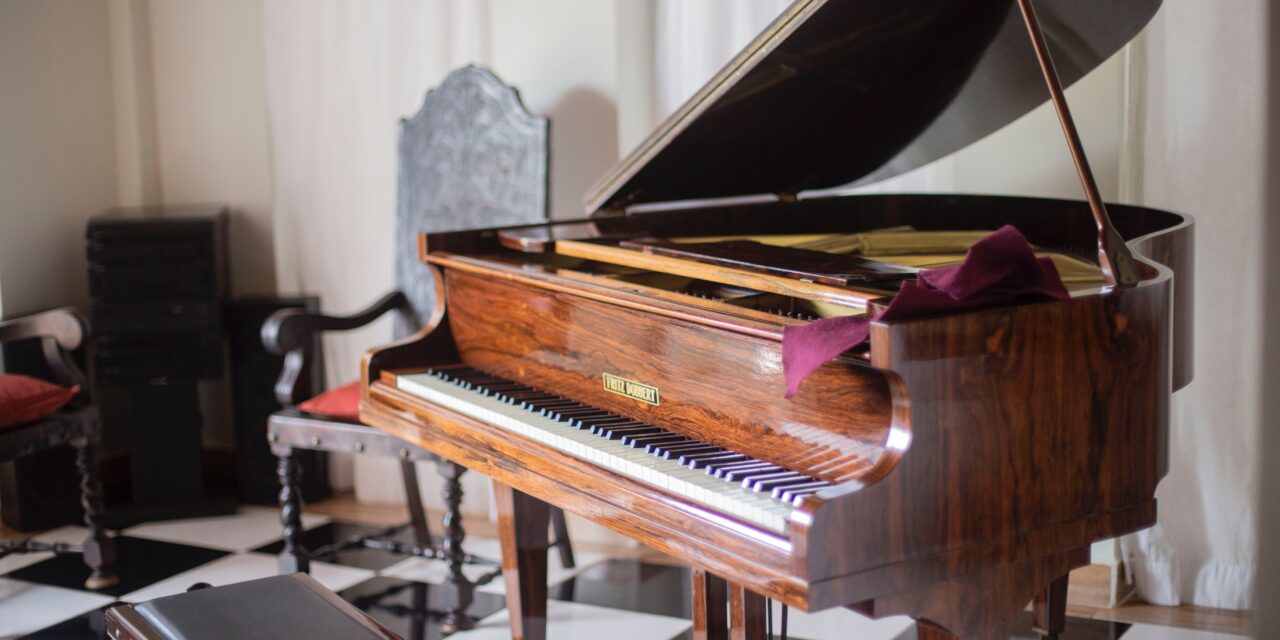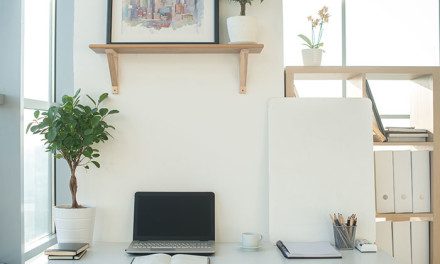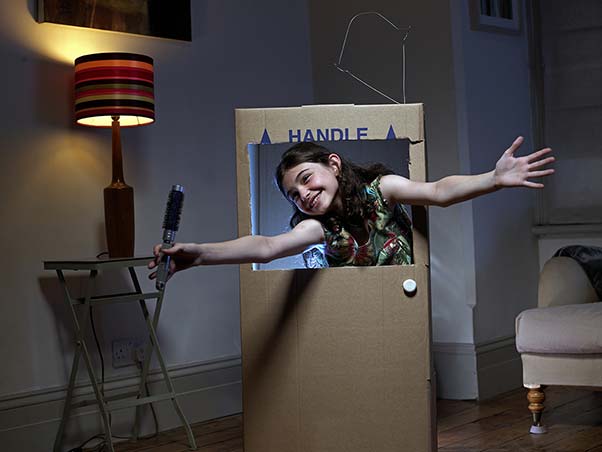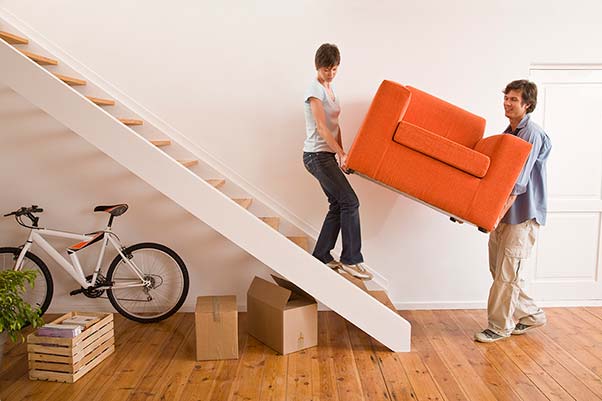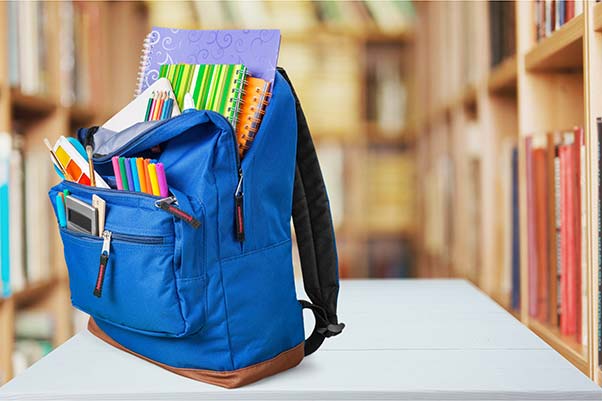Moving your piano requires all the skills needed to play one—dexterous technique, attention to detail, and a bit of hand-eye coordination. Whether you’re moving into a new home or looking to place your piano into personal storage, pianos are fragile instruments that must be moved with great care and caution. That’s why learning how to move a piano before starting can make the process relatively easy and safe—for you and your piano.
For anyone wondering how to move a piano yourself, we’ve put together this handy guide of 5 steps that will help you transport your eight-eights from point A to point B safely and securely.
Before You Begin
It’s often best to hire a professional piano mover to move your piano, especially if you live somewhere with stairs, elevators, or other obstacles to moving. Movers have the experience, equipment, and extra hands to help reduce the risk of improperly moving a piano, which can lead to:
- Damage to the piano – Professional piano movers can help you avoid chipped or broken off keys, mangled pedals, broken legs, and body damage.
- Harm to yourself/others – Grand pianos can weigh up to 1,000 pounds, but attempting to move an even smaller model like an upright piano or a baby grand piano can result in injury.
- Property damage – Knicked or dented walls and damaged staircases and door frames are just some of the property damages professional piano movers can help you dodge.
Depending on where you move your piano, you may also want to reserve an affordable self-storage unit that’s big enough to house a piano during the move. After all, keeping your piano out of the way can help you organize and unpack your moving boxes more easily. Price Self Storage offers units sized up to 10×30 feet, leaving enough room for your piano and then some.
That said, if you’re wondering how to move a grand piano yourself, there are steps you can take to get the job done right.
Step 1: Enlist Helpers
If you decide against hiring a professional piano mover, you’ll still need an extra pair of hands (or two!) to move your piano. Enlist the help of family, friends, or someone you trust enough to do the job with the care, patience, and precision required.
Step 2: Gather Supplies and Equipment
Piano moving requires significant planning and the right equipment. To that end, you’ll need:
- A piano dolly – Using piano dollies can help you transfer your piano to your new home or practice space. Ideally, purchase or rent a four-wheel dolly that’s designed for pianos to transport your prized piano safely.
- Moving straps – Invest in heavy-duty moving straps so that you can secure your piano during the move and avoid any damage.
- Protective padding – You’ll also need protective padding and a moving blanket to protect your piano from dents, scratches, and other damages. These can also be purchased or rented.
- Moving truck – You won’t be fitting your piano into the back of your hatchback or strapping it to the top of your minivan. You’ll need to rent a moving truck with adequate space.
Step 3: Prepare Your Piano for the Move
Before you begin the move, you need to secure and protect the piano. Pay particular attention to:
- The keys – Make sure that the keyboard lid is closed and locked to ensure that the keys remain protected through the move.
- The piano body – Protect the piano body by securely wrapping it in the furniture pads or a moving blanket. You can secure the padding with a moving strap or packing tape—just avoid attaching the tape to the piano itself.
Step 4: Move the Piano
Once you’ve properly secured your piano, you can begin your move. Piano moving takes just a little bit of strength and a lot of know-how. But these crucial tips for how to move a piano yourself will help you during the process:
- Lift the piano properly – Never lift the piano by its legs. Instead, feed heavy-duty moving straps underneath the piano for you and your helpers to use as leverage.
- Use a dolly – With everyone sharing the weight and lifting together, place the piano gently on the dolly, making sure that all four legs are resting flat. Remember, always keep the piano in an upright position.
- Remove casters/legs, if necessary – If your piano has casters, it’s smart to remove them before transporting the piano. Additionally, removing the legs from a grand piano is advised to help fit the piano through doors and hallways more easily.
Once the piano is safely on the dolly, you can move it to the truck. To secure it for transportation, make sure:
- The truck bed is level – A level truck bed keeps the piano safe from damage. You can use planks of wood to help level things out.
- The piano is secure inside the truck – Using the moving straps, secure the piano to the truck walls to prevent it from moving around during transport.
Step 5: Unload the Piano Safely
When you arrive at your destination, be sure to follow the same precautions for moving your piano into its new location. Also, have its new space cleared and ready to welcome it.
You’ll also need to have your piano tuned after moving it, especially if it’s experienced temperature or humidity changes or if the piano was moved an exceptionally long distance.
Find Storage Space with Price Self Storage
Safely moving a piano is possible when you practice diligence and caution. If you’re looking for a place to store your piano or other large items like a pool table or refrigerator during your move, Price Self Storage has the extra storage space you need.
We offer a wide selection of storage size options detailed in our storage size charts. Each of our units has keypad-controlled access with individual storage unit door alarms to ensure security for peace of mind.
Make your move an easy one with Price Self Storage.
Sources:
The Spruce. Essential Tips for Moving a Piano Safely. https://www.thespruce.com/move-a-piano-yourself-2436330

